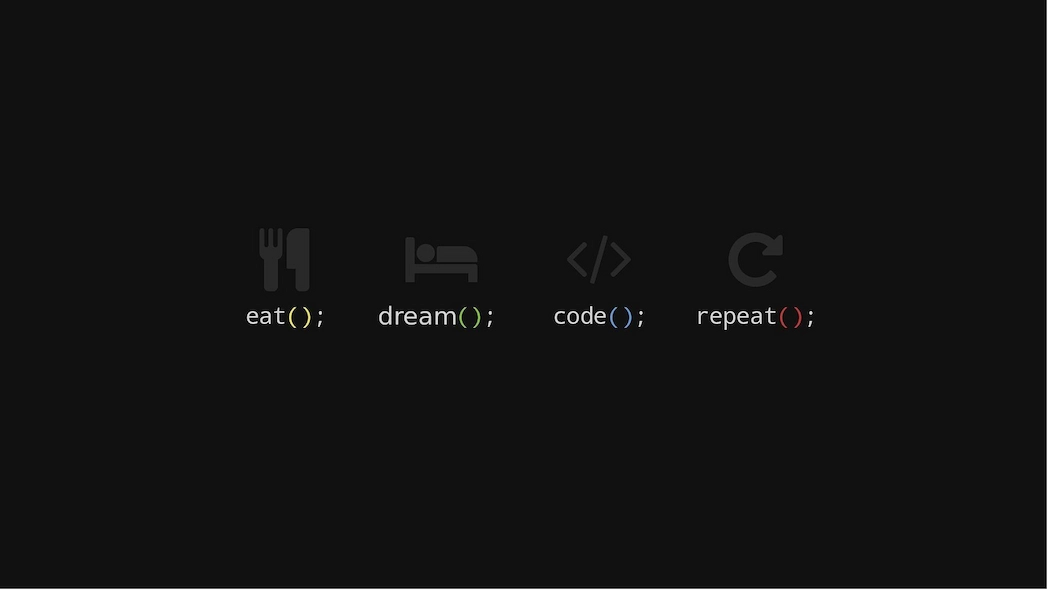


Fuzzing is an automated software testing technique where large amounts of random or semi-structured data (also called 'fuzz') are inputted into a program or system to discover unexpected behavior. The goal is to uncover vulnerabilities such as security flaws, crashes, or performance issues by bombarding the system with inputs that may not be properly handled.
The fuzzing process can be conducted in various ways, including using specially designed fuzzing tools or frameworks. These tools automatically generate a variety of inputs to be sent to the software under test. The software's response to these inputs is monitored, and if unexpected behavior is detected (such as a crash or unexpected output), it is considered a potential vulnerability and documented.
Fuzzing is an extremely effective method for identifying software defects and vulnerabilities, especially in complex and error-prone systems such as operating systems, network services, browsers, and embedded systems. It is used by both security researchers and software developers to enhance the robustness and reliability of software
Message topics are a concept in message processing that allows messages to be categorized into topics or subjects and sent to various recipients interested in a specific topic.
In the context of message brokers or messaging services, topics enable the publication of messages related to a particular theme or category. These messages can then be received by multiple subscribers or recipients interested in that topic by subscribing to it.
A publisher, responsible for generating messages, sends a message to a specific topic, and multiple subscribers can receive these messages by subscribing to or registering interest in that topic. This topic-based communication allows for flexible, scalable, and targeted message distribution in distributed systems or applications.
For instance, a message topic could be 'Technology,' and all messages associated with this topic would be sent to subscribers interested in technology, while other subscribers interested in topics like 'Sports' or 'Science' would only receive messages related to those specific themes.
A queue is a data structure that operates on the principle of 'First In, First Out' (FIFO). This means that the first element inserted into the queue is the first one to be removed.
Think of it like a real-life queue: those who arrive first are also served first. In computer science and message processing, a queue is used to store elements or messages waiting to be processed by a process, application, or system.
For instance, a message queue in a message broker works similarly. When an application sends a message, it's placed in the queue, waiting there until it's picked up and processed by another application or system. This facilitates efficient, ordered, and timed processing of messages or tasks.